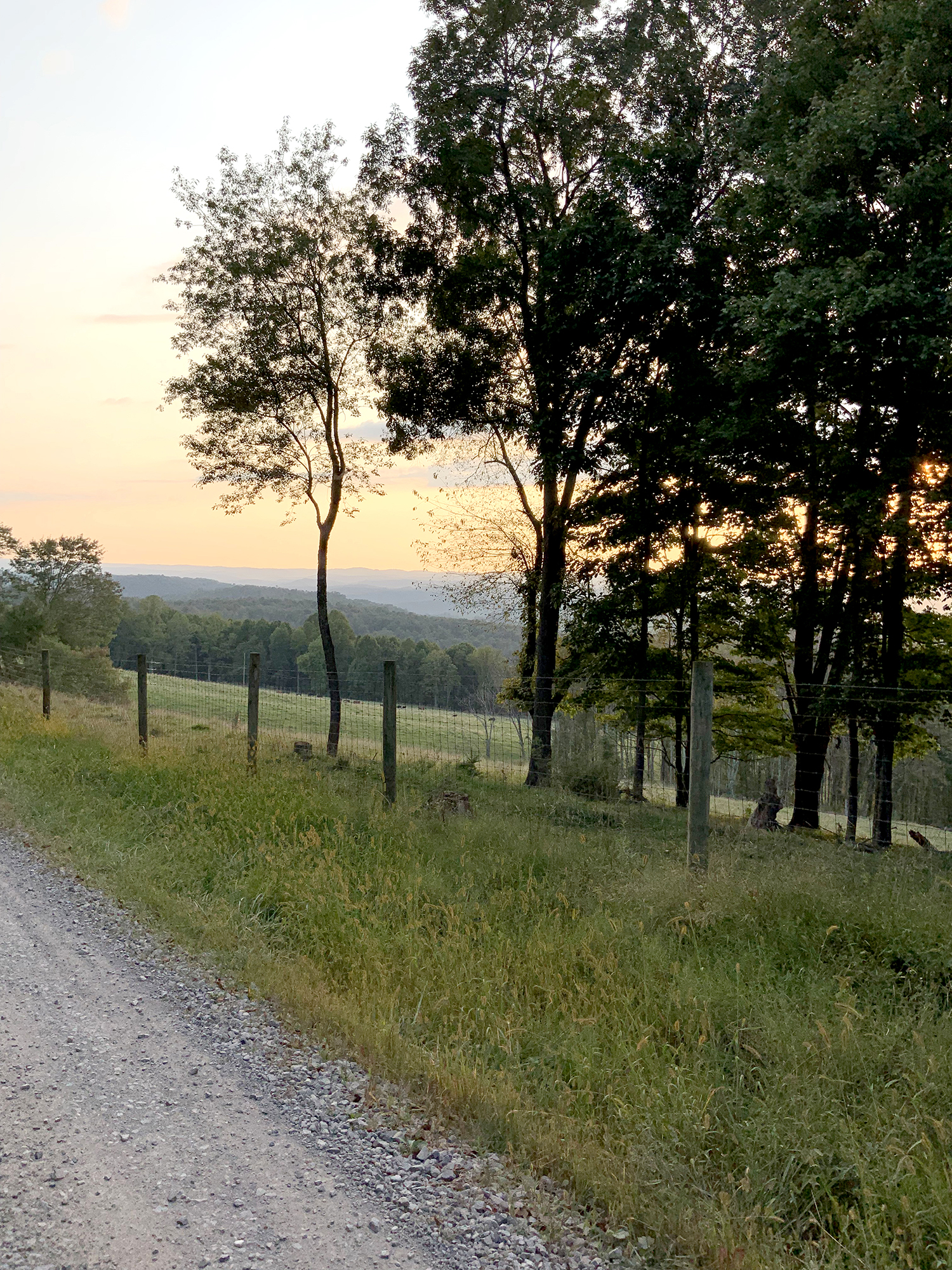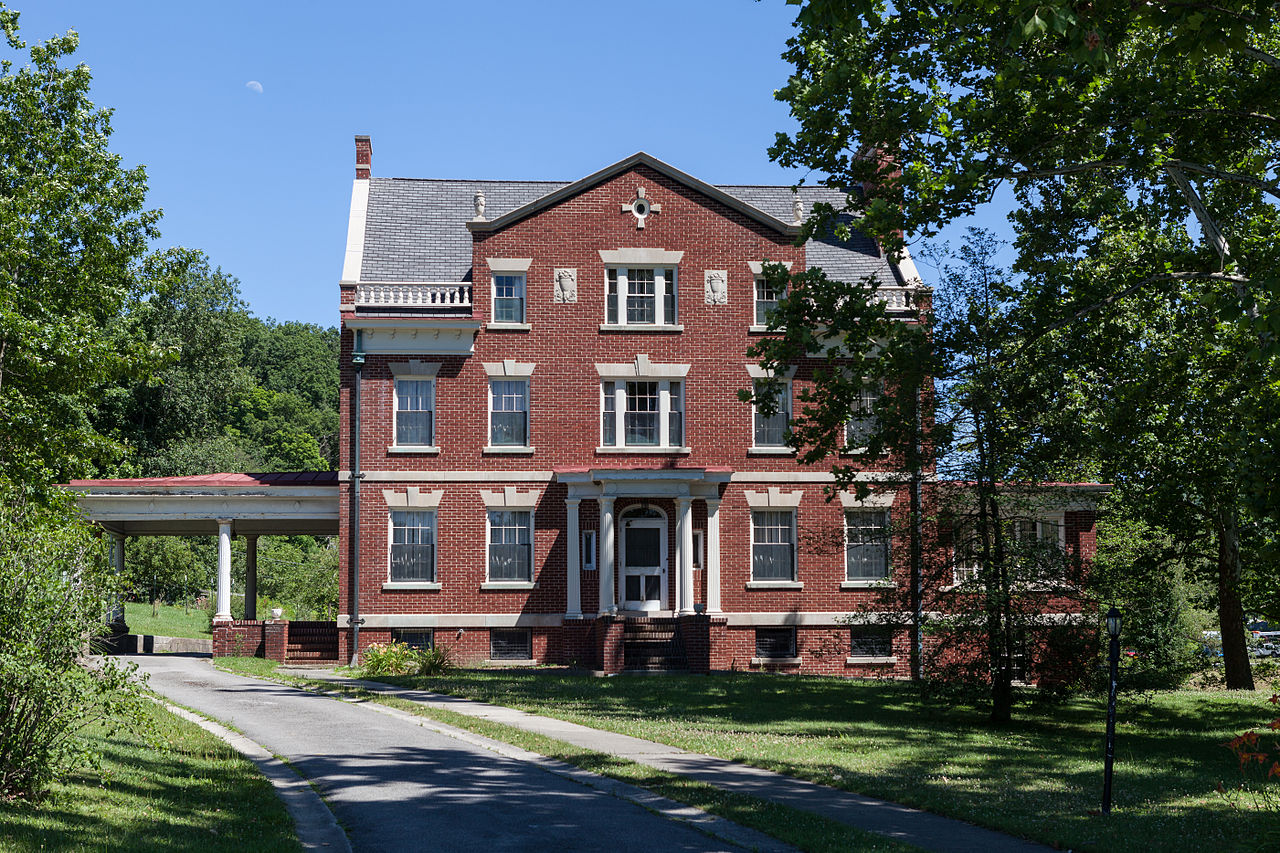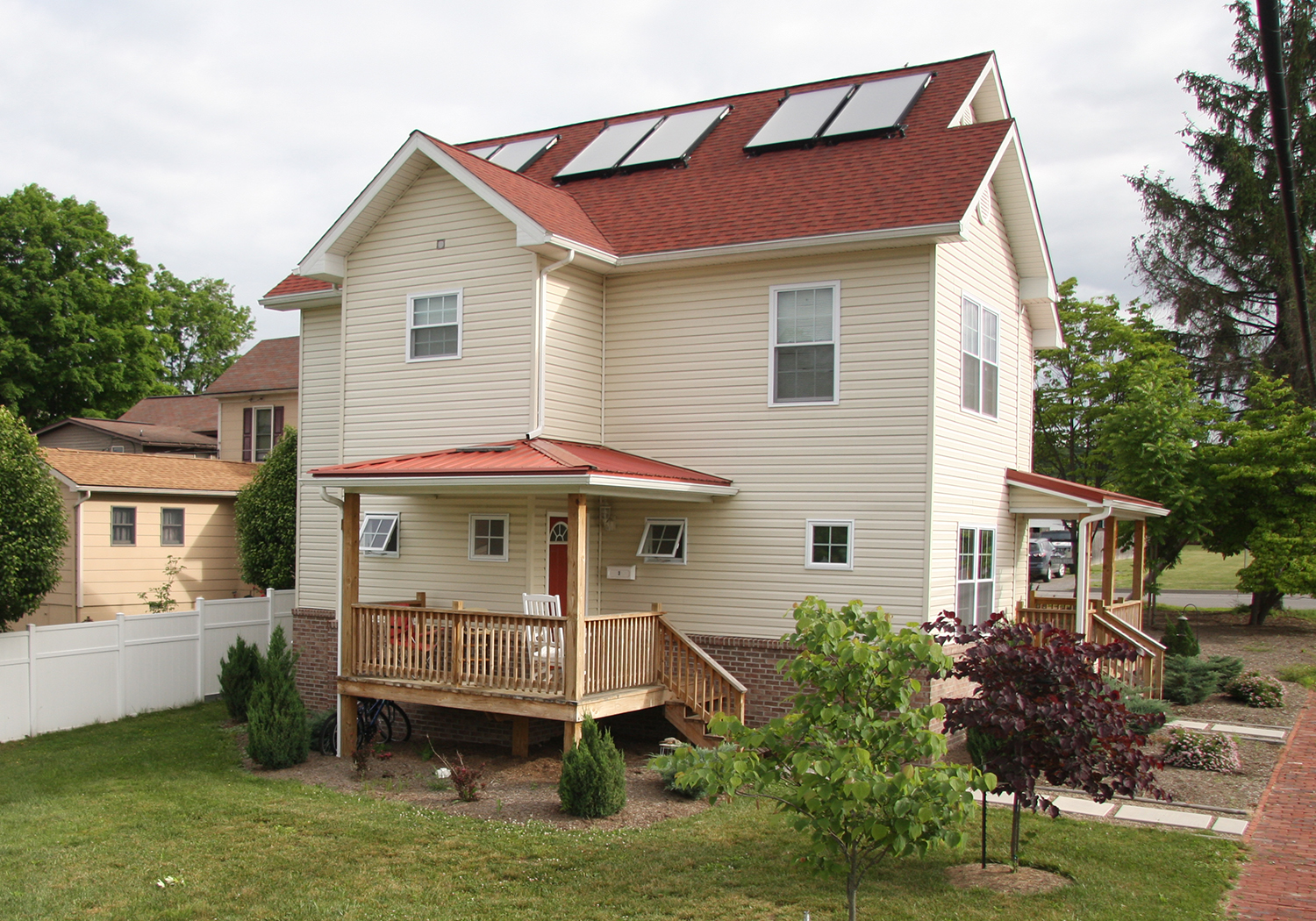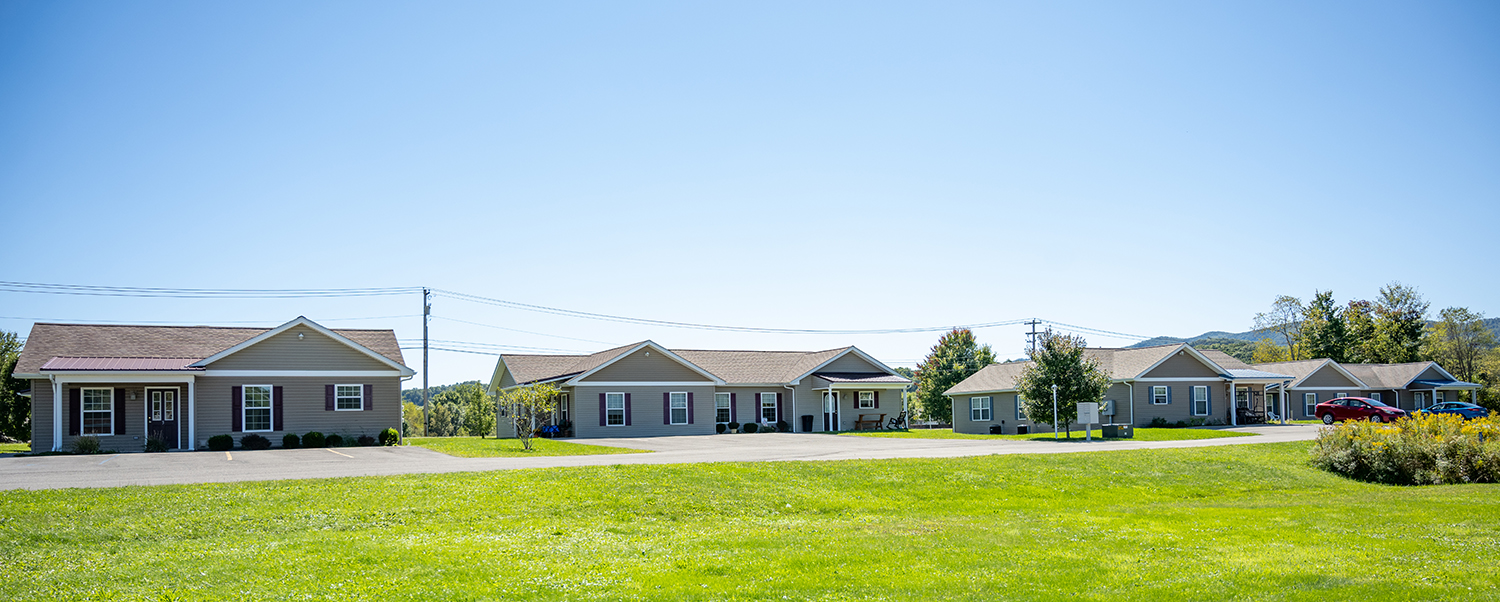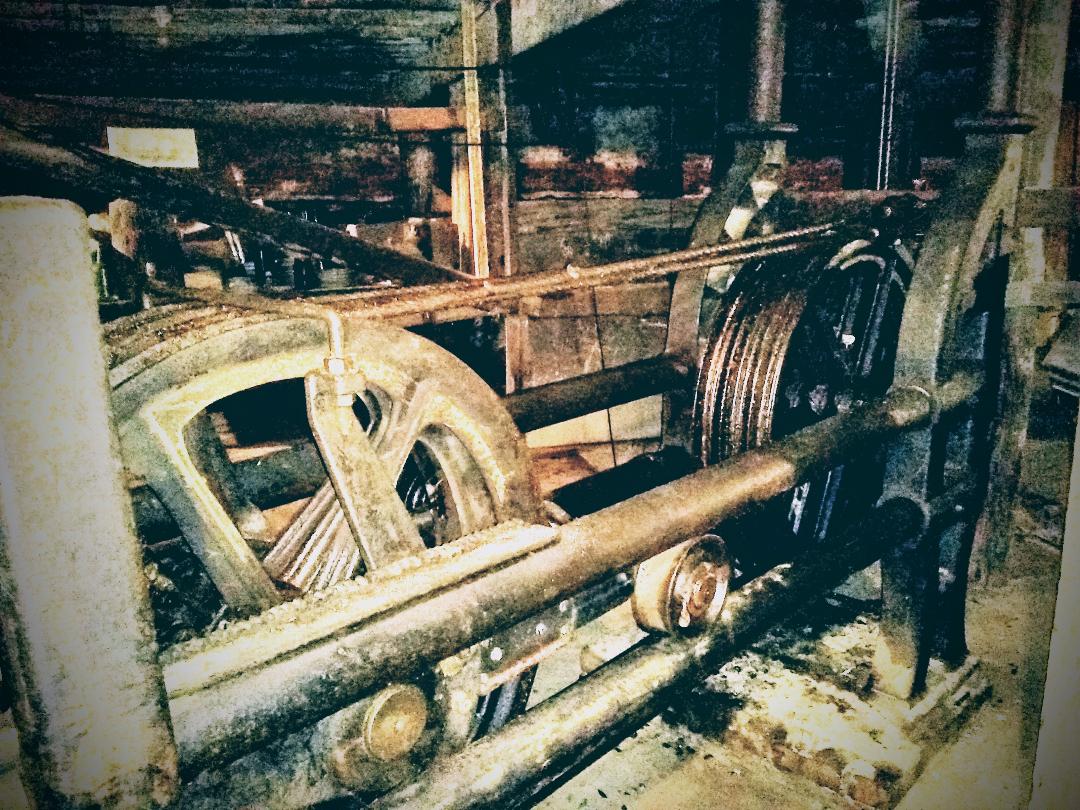
Resurrecting the Golden Rule’s Water Powered Elevator
We invite you to watch a bit of the story of the marvelous water powered elevator in the Golden Rule Building in Belington, WV. This innovative piece of machinery was capable of raising over 15 tons at one time, from the basement to the third floor of the old building, using only the power of water from the nearby Tygart Valley River.
The machinery had sat, hidden in the basement of this building for decades, rusting away amongst heaping tables full of forgotten and left behind wares that were never sold. Woodlands Development Group partnered with the Belington Revitalization Committee, the Barbour County Development Authority, and a wide range of funders and financers to save the historic building from the wear and tear of time and weather. But project architect Bryson VanNostrand really went the extra mile to research, understand, and save this truly unique elevator. Maybe several extra miles really.
Check out this short video and then make plans to come by and see it for yourself some day.
Video Transcript below:
Dave: Woodlands Development Group is a non-profit community development corporation. We engage in a variety of different community-based real estate development and planning we help a lot of small towns in our area work on what we call community facilities — so a lot of parks and trails and community centers. Everything we do starts with some sort of a comm conversation. In this case we did a lot of work with the Belington Revitalization Committee and they had identified their vacant downtown buildings as a high priority and through that process this building the Golden Rule came to the top of the list.
Bryson: We’re in the Golden Rule Building here in Belington, WV and we’ve been working now for almost a year renovating and rehabilitating this building.
Charles: The building was actually built back in 1902 by Mr. Shinn and his brother. They opened it up as The Valley Grocery Company. It was basically a wholesale grocer. Then in about 1929 he bought his brother out and they renamed it as The Golden Rule Company.
Dustin: And then it became more of a department store. That’s actually what helped them kind of weather the Great Depression.
Charles: After his death in the 60s his wife Wanda and two sons took over and they switched over to primarily a furniture store. Probably the best memories I have: first job out of high school, only made like $2.47 per hour and I probably had more money then than I do now. To my knowledge that’s the one thing I’ll take to my grave: I was the last known certified working water powered elevator operator.
Dustin: So when we took on this project we knew we were going to do some apartments upstairs and we wanted to keep this first floor for the benefit of the community. and of course the water powered elevator is probably the most significant feature in the building itself. this whole oproject is about preserving history and repurposing it.
Bryson: It’s the only one known to exist. We know that it was produced by a company in Cincinnati. We think probably no earlier than 1915 but it could have been sometime in the 1930s. But it is a very unique elevator, representing turn of the century industrial development. It’s really the same era of development as the trains that are right outside the buidling and so it made perfect sense to us that we preserve the elevator as much as we could.
Charles: Back in the 90s it was the last working water powered elevator of that type in the entire state of West Virginia and one of only 2 or 3 in the whole United States. Now there’s several other working water elevators but none of them with this big long cylinder.
Bryson: How did you use to run it?
Charles: Now all we have to do is basically turn the valve on which pulls the cables down here. These big wheels, that’s what lifts the platform up. Then when you reverse the cables, that allows the water flow to reverse and then allows it to back right off.
Bryson: The renovation project included turning the second and third floors into an apartment building. So we HAD to remove the elevator. Can we actually, even do this with the ceiling height that we have? Can we get the pulley down to this level and still be able to operate the car? This is somewhat diagrammatical but it shows the main pulley being reinstalled over some timbers. That’s what we’re working on today is getting that control pulley put in.
Bryson: The pulleys and the cables are now back installed, and thats what you can see here. So what were going to do now is we’re going to fill the cylinder up and pull the car just a couple inches up and then the car will drop. OK, now I hear water moving. (creaking) Alright? Yup, alright, go ahead. (waterfall sound)
Bryson: this is a part of our industrial development that we want to preserve and we want to showcase and feature. This’ll be the only time in my professional career that I’ll be working on an historic, hundred year old water powered elevator.
Dave: These projects are possible. The communities do have the wherewithall to retain their history to contribute to the development of their downtowns and their civic communities.
Bryson: I love the idea that we learn something new every day. And yea, so this is a beauty, its a real gem, and its a wonderful resource for this building and for the community. So you guys wanna ride it down??
Sure!
OK, Here we go!
Woooo! (laughter)
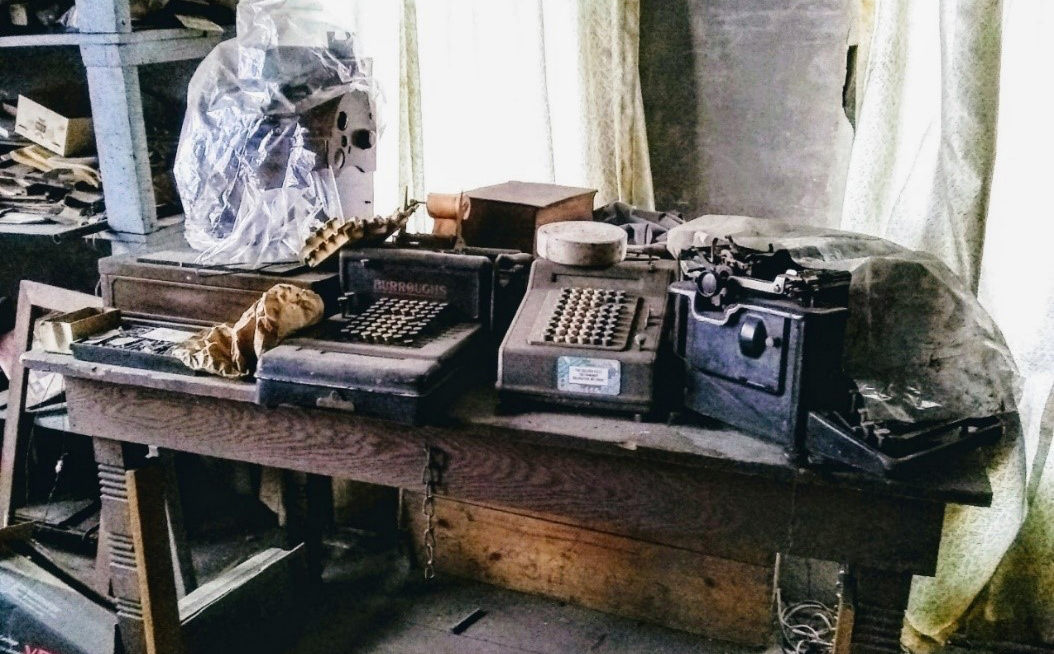
A Golden Rule Ghost Story
all words and photos by JoLynn Powers, reprinted with permission JoLynn Powers served as an Americorps with Woodlands during the early stages of reconstruction work on the Golden Rule ...
Read More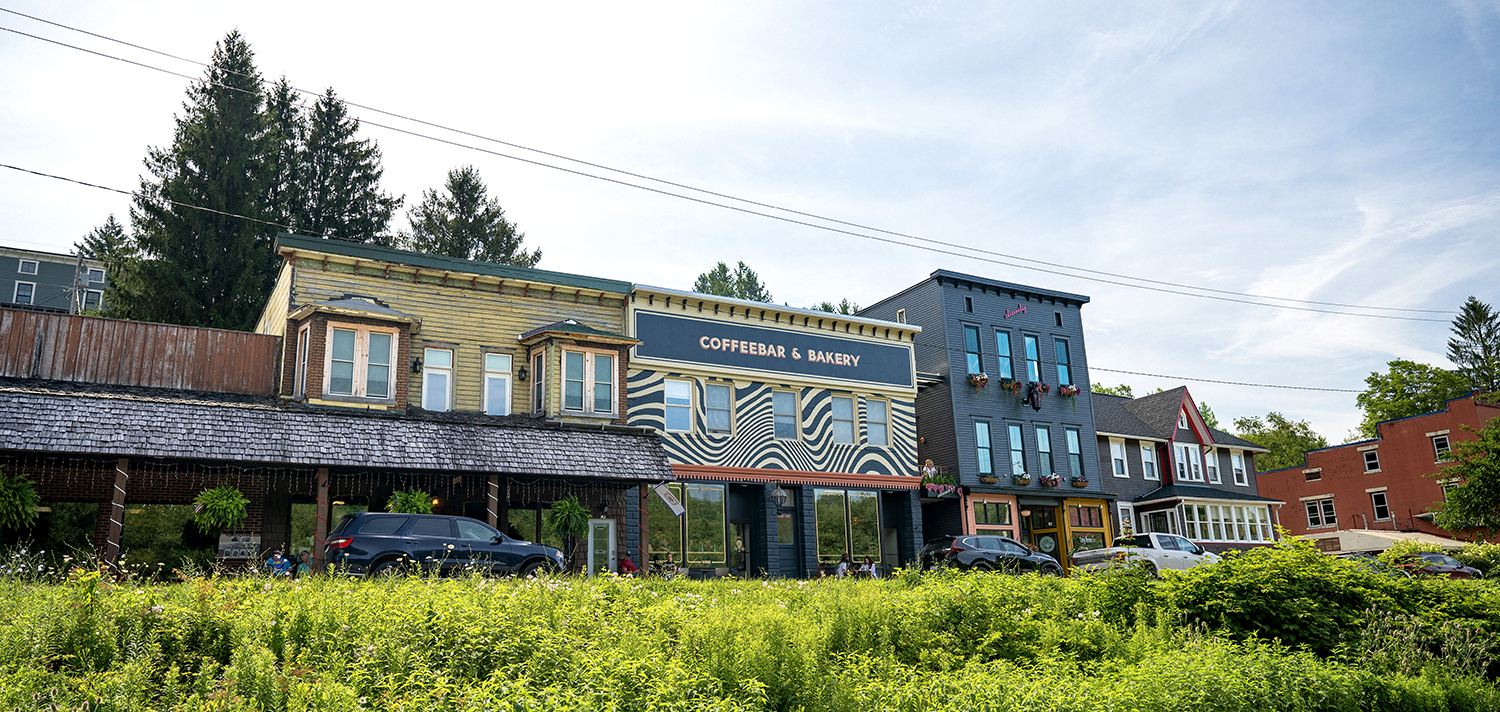
TipTop Of The Iceberg: Leveraging Funding into Large Local Investment
TipTop no longer needs us. The business now has the resources and collateral to qualify for conventional financing. But back in 2012, when Cade and Carrie Archuleta were purchasing ...
Read More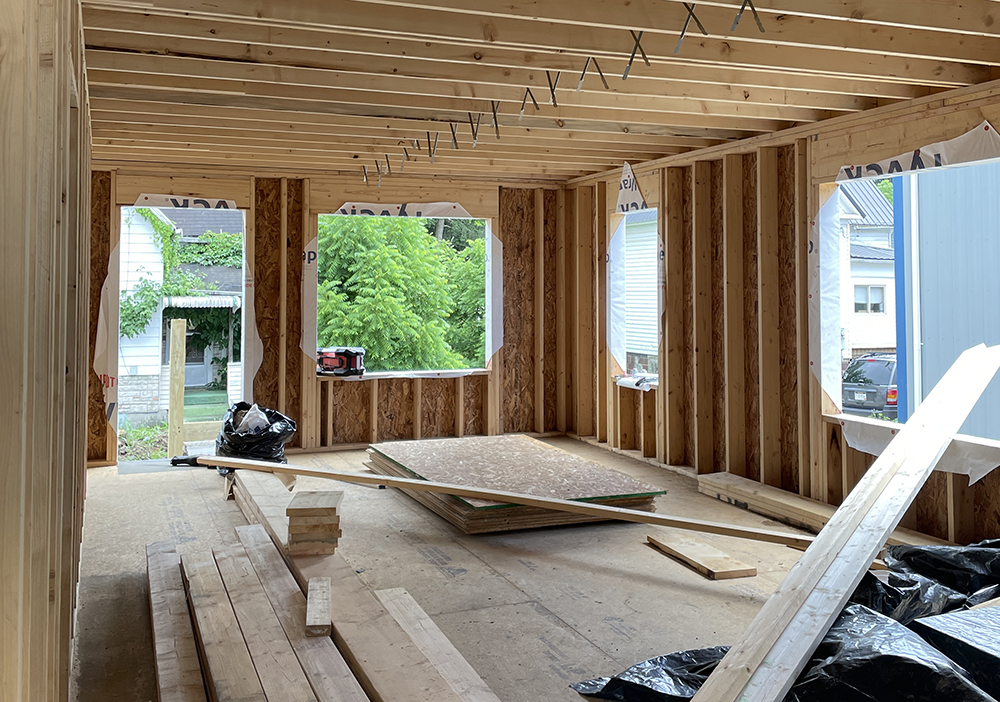
Financing Community Vibrancy
In the heart of Elkins, West Virginia, an inspiring transformation is taking place. Woodlands Development Group, is revitalizing neighborhoods by building new single-family homes on lots that were once ...
Read More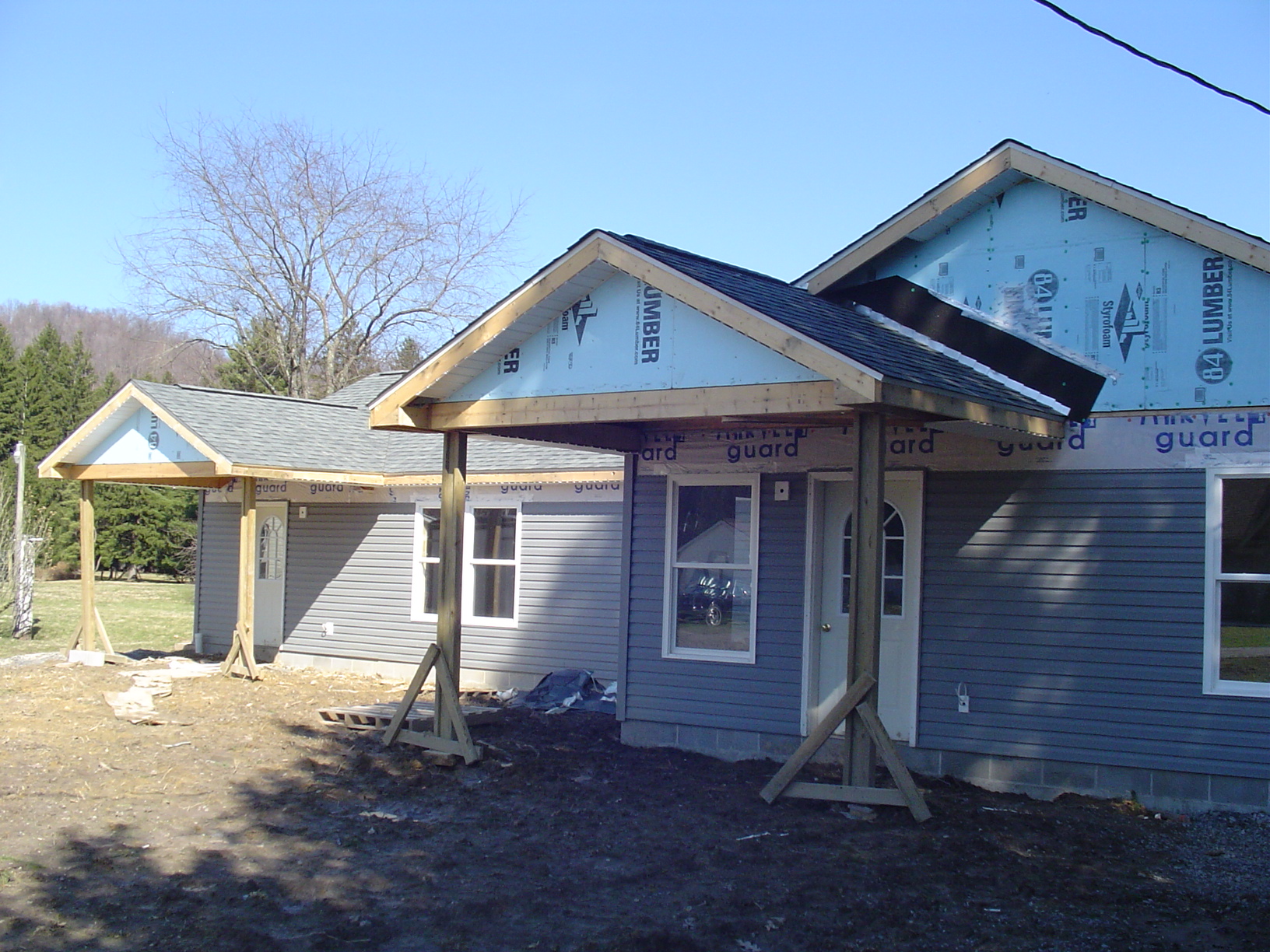
Shades of Green
Since our inception Woodlands has been driving sustainable and energy efficient building practices in our region. We use sustainable construction practices in all our building projects. Our units are ...
Read More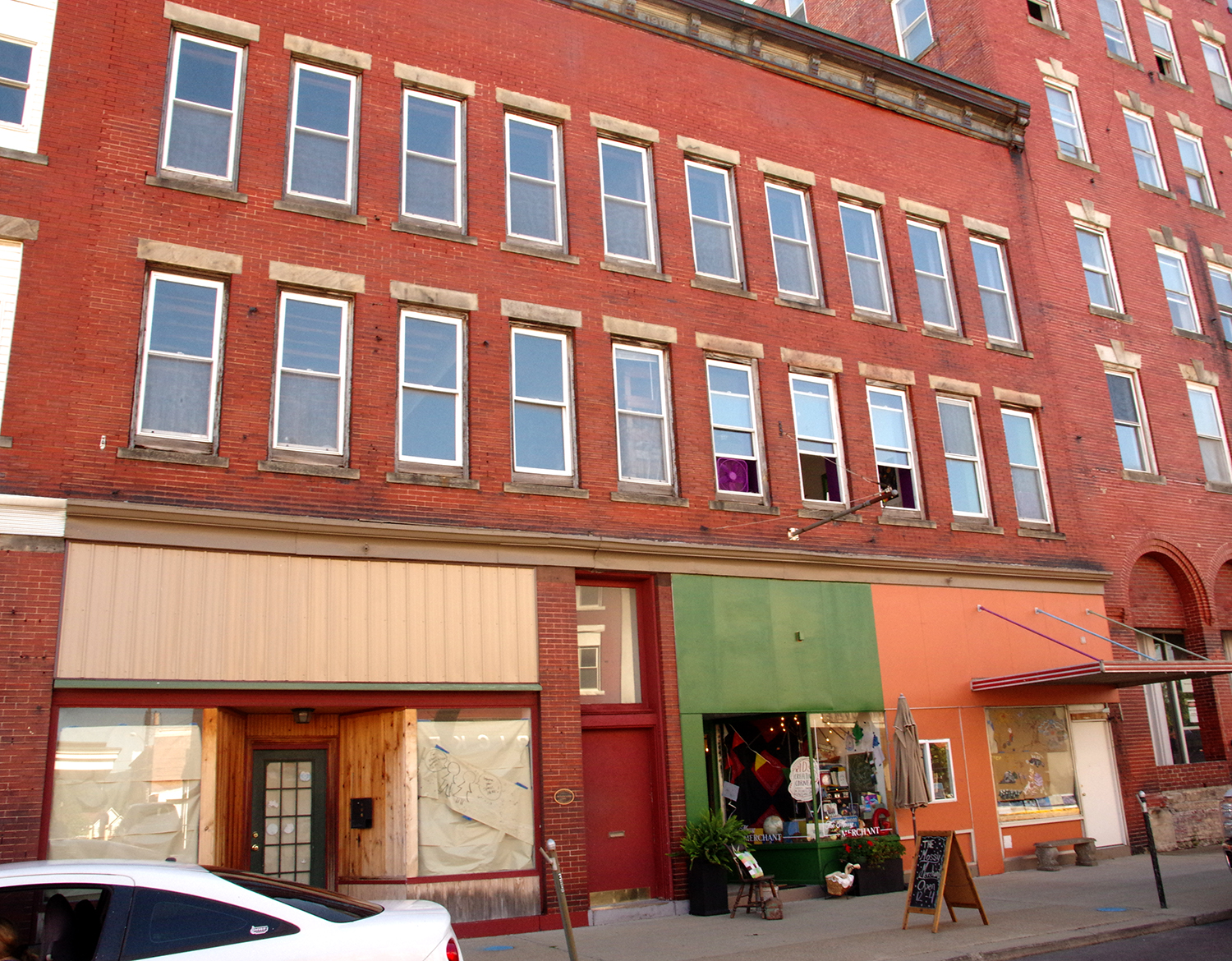
Strategic Lending for Housing Development
The availability of appropriate housing for residents is a critical component of a functioning local economy. Lenders is often able to provide flexible gap financing to allow housing development ...
Read More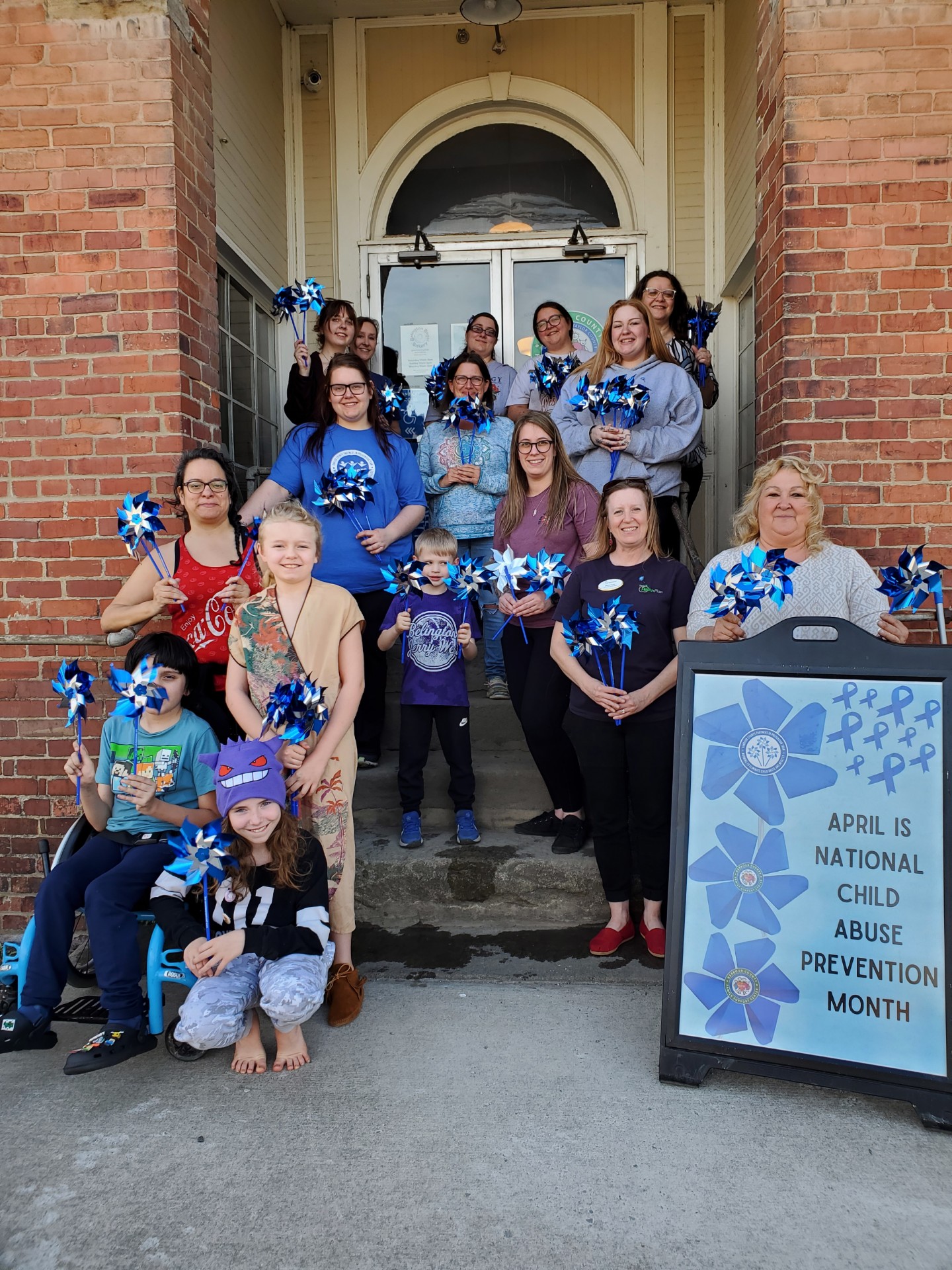
Do Unto Others: Belington’s Historic Building Rises Again
The 120-year-old building survived a 20-year vacancy, fires, weatherization challenges, and the test of time to rise again as a centerpiece, economic driver, and community space in the heart ...
Read More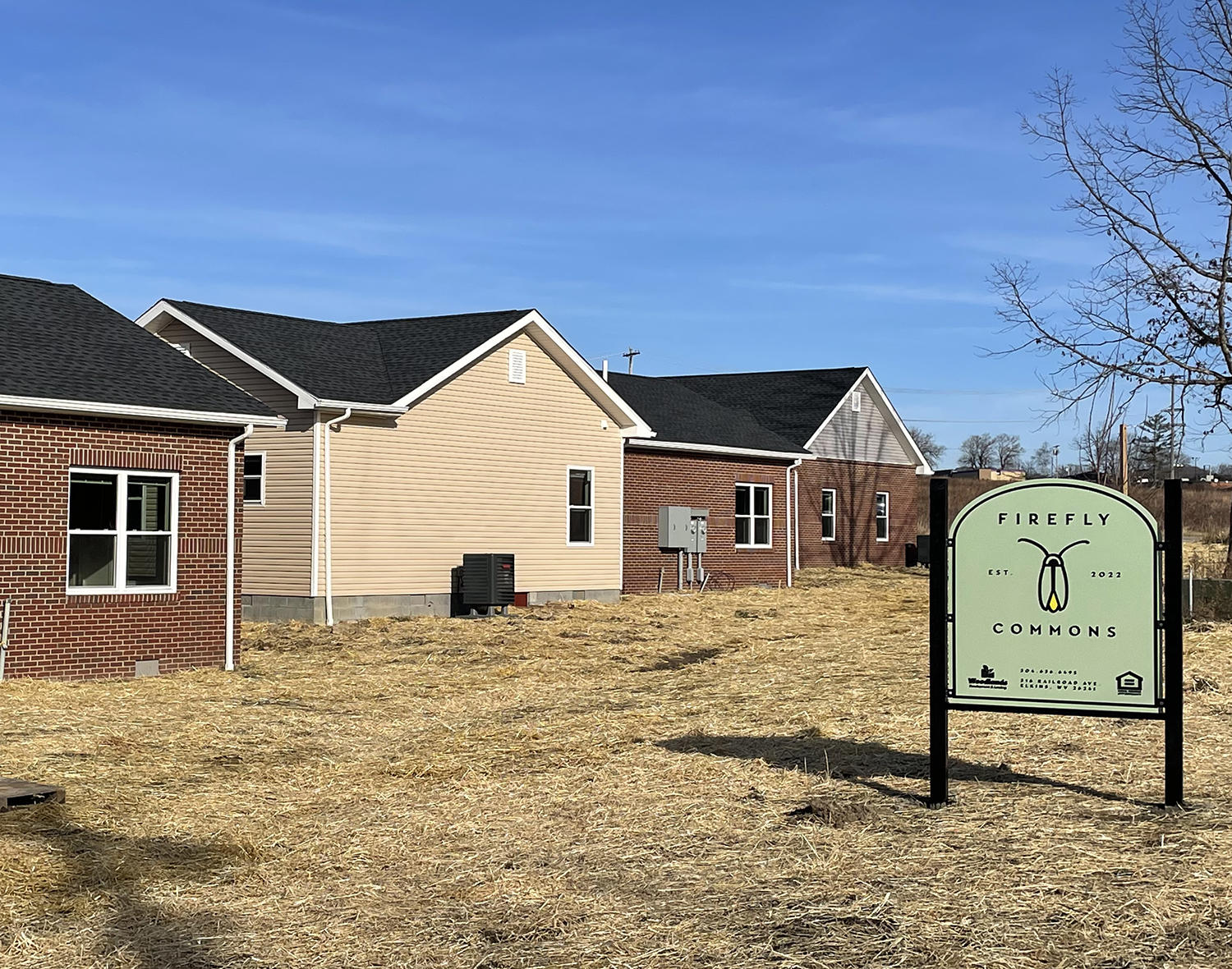
Firefly Commons Apartments Completed
Our new Firefly Commons project in Elkins is complete and fully leased. The 16-unit development is made up of six duplexes and a 4-unit townhome. After many years of ...
Read More
Infill Investments Inspire Innovation
Infill development describes the process of reutilizing urban or neighborhood properties for new building. Infill development targets abandoned, underutilized, dilapidated, and problem properties in neighborhoods for redevelopment. This reduces ...
Read More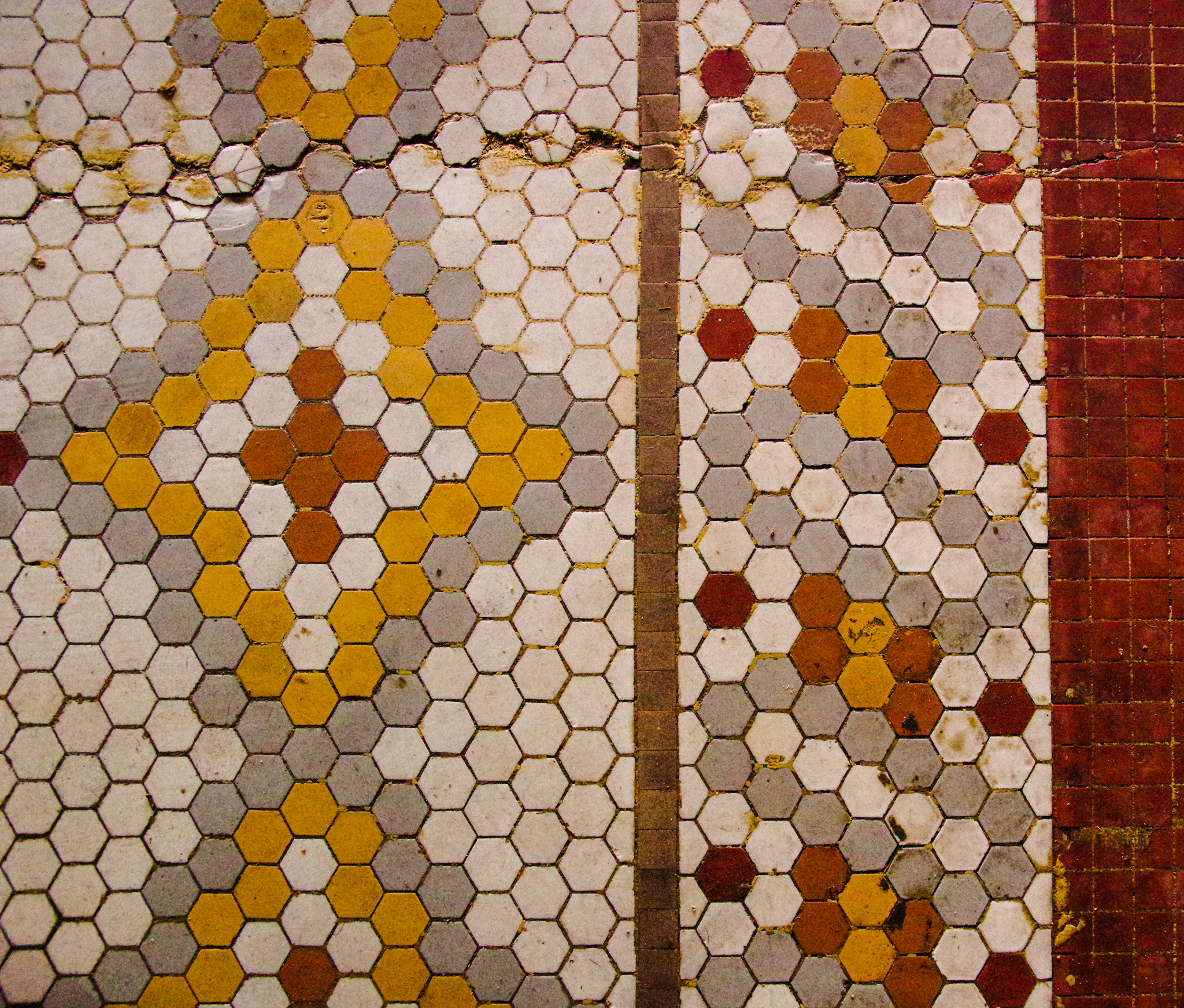
Community Banks Provide Key Investments to Push Tygart Hotel Project Forward
Historic Tax Credit investments close financing gaps on Elkins’ big hotel project Tygart Hotel partners Pendleton Community Bank, Davis Trust Company, and Freedom Bank gathered on Friday, April 29th ...
Read More